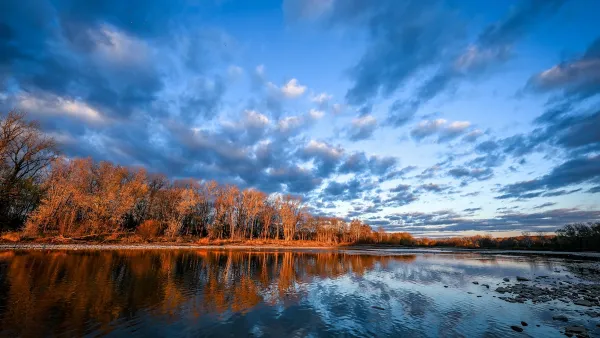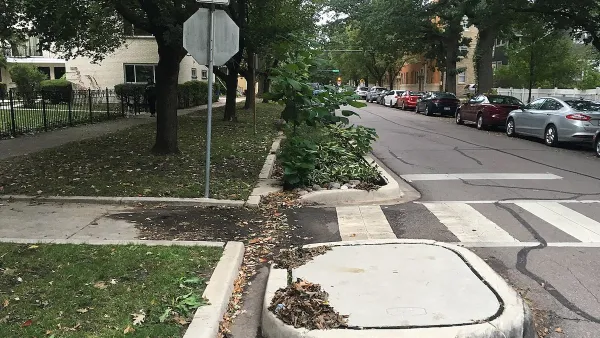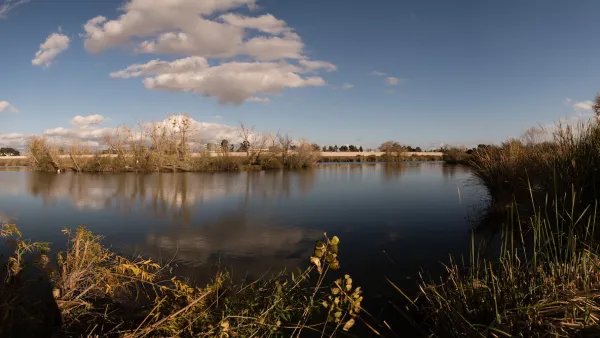Andy Lipkis, the founder and president of TreePeople, an organization in Los Angeles that brings natural concepts into the "urban forest", details his 40 years of work proving the feasibility of projects such as the Elmer Avenue Project.
The article features exclusive, in depth Q&A with Andy Lipkis, founder and president of TreePeople.
"My body of work up until now has been about proving feasibility where there have been significant barriers in the way of policy and funds. TreePeople has decided that it's time to step it up and catalyze a plan to retrofit all of Southern California on those principles-to make our region a functioning community forest."
"Most of our contributions rely on other people's innovations from other areas that were pulled together by us to do what's appropriate for Southern California. The street swale, for example, has been executed well in Seattle and Portland. In Seattle, it's called the SEA Streets (Street Edge Alternatives) Project. What's neat about this is that there's an ongoing, cross-pollination collaboration, because Seattle was forced to take this approach to restore salmon habitat throughout the city."
"We keep coming up against this. There are conceptual blocks. One is the belief that people won't change. Tim Brick, the outgoing head of MWD, worked very hard in his last couple of years. He brought in the Australians; he brought in stories of success. I don't understand why, even when the president of the board champions this approach, it hasn't stuck at the agencies. I can tell you my guess as to why: they're stuck in a command-and-control mode, where they might not appreciate that they can still have the same quality assurance and supply assurance through a distributed smart system."
Thanks to James Brasuell
FULL STORY: TreePeople’s Urban Forest Principles Guide Retrofit of L.A.

National Parks Layoffs Will Cause Communities to Lose Billions
Thousands of essential park workers were laid off this week, just before the busy spring break season.

Retro-silient?: America’s First “Eco-burb,” The Woodlands Turns 50
A master-planned community north of Houston offers lessons on green infrastructure and resilient design, but falls short of its founder’s lofty affordability and walkability goals.

Delivering for America Plan Will Downgrade Mail Service in at Least 49.5 Percent of Zip Codes
Republican and Democrat lawmakers criticize the plan for its disproportionate negative impact on rural communities.

Test News Post 1
This is a summary

Test News Headline 46
Test for the image on the front page.

Balancing Bombs and Butterflies: How the National Guard Protects a Rare Species
The National Guard at Fort Indiantown Gap uses GIS technology and land management strategies to balance military training with conservation efforts, ensuring the survival of the rare eastern regal fritillary butterfly.
Urban Design for Planners 1: Software Tools
This six-course series explores essential urban design concepts using open source software and equips planners with the tools they need to participate fully in the urban design process.
Planning for Universal Design
Learn the tools for implementing Universal Design in planning regulations.
EMC Planning Group, Inc.
Planetizen
Planetizen
Mpact (formerly Rail~Volution)
Great Falls Development Authority, Inc.
HUDs Office of Policy Development and Research
NYU Wagner Graduate School of Public Service





























